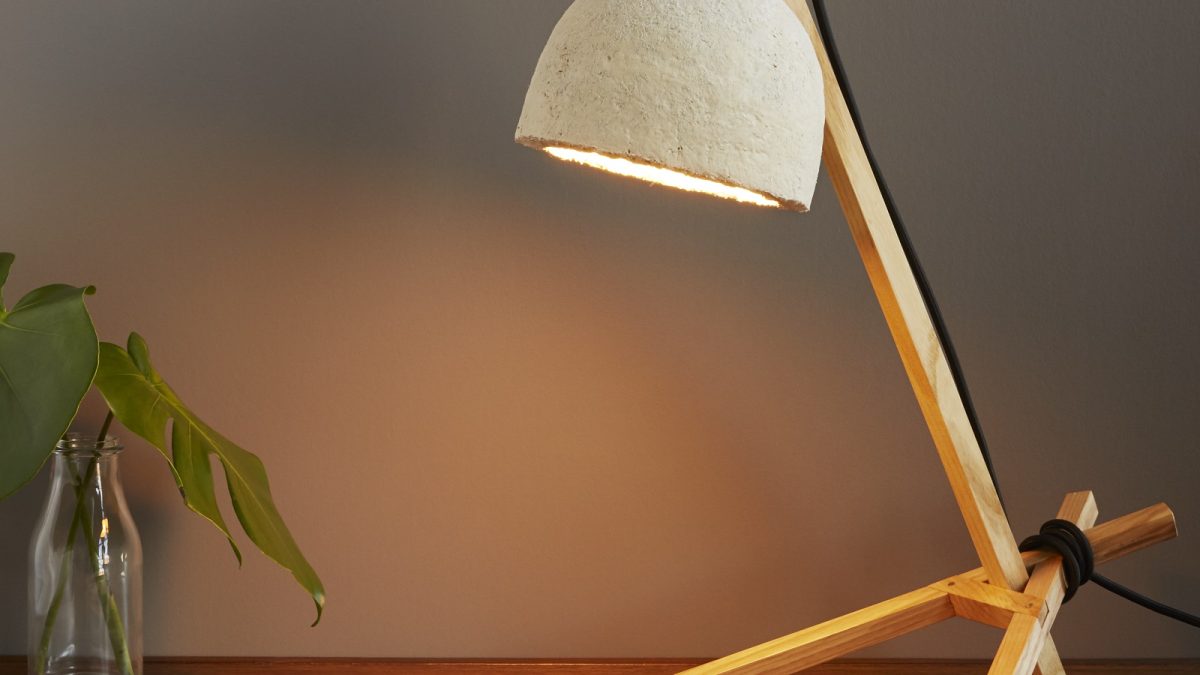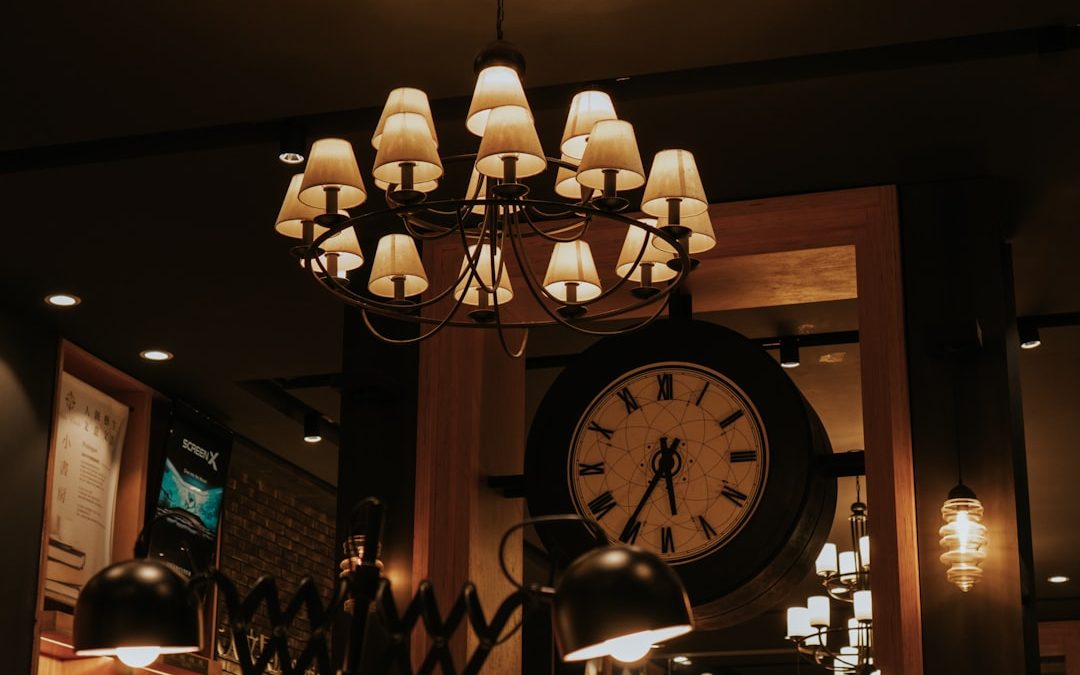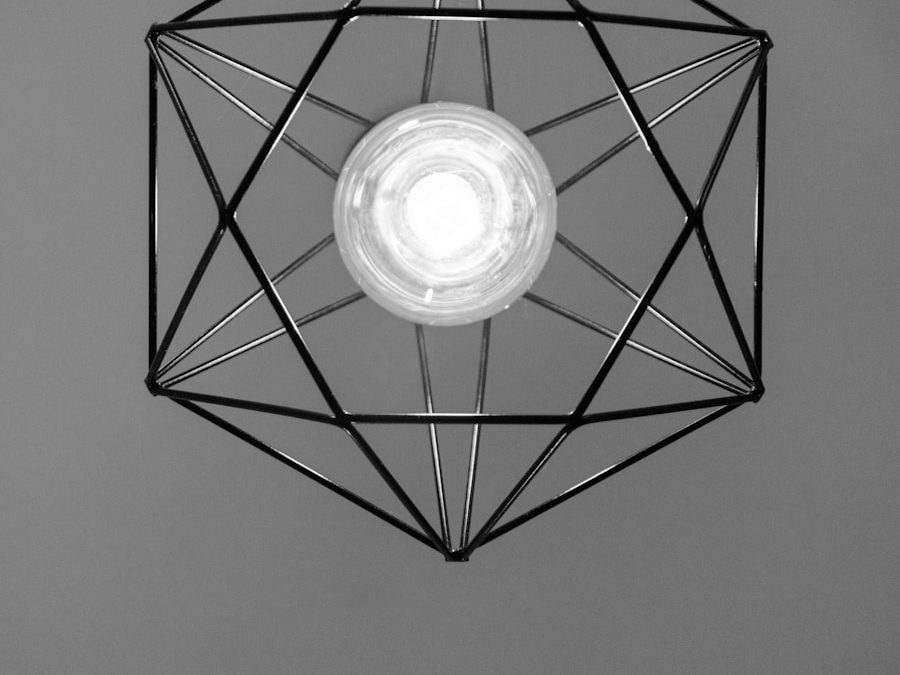
Mycelium Lamps: Illuminating the Future with Sustainable Fungi Technology
Introduction
Lighting is an essential aspect of our daily lives, and the way we illuminate our spaces can significantly impact the environment. With the increasing concern for sustainability, researchers and designers are constantly exploring new technologies that are eco-friendly and innovative. Mycelium lamps are an emerging trend in the lighting industry that utilizes the mycelium fungus to create beautiful and environmentally-friendly lighting fixtures. This article explores the concept and benefits of mycelium lamps in detail.
What are Mycelium Lamps?
Mycelium lamps are sustainable lighting fixtures that use the mycelium fungus to create a soft, diffused light that is perfect for ambient lighting. Mycelium is the vegetative part of a fungus that grows in thread-like structures called hyphae. These hyphae can bind together to form a three-dimensional network, which is known as mycelium. Mycelium has unique properties that make it an excellent material for sustainable design. It is biodegradable, renewable, and can be grown on various waste materials.
To make mycelium lamps, designers use a combination of mycelium and other organic waste materials such as sawdust, rice husks, and coffee grounds. The mycelium grows on the waste material and binds it together to create a solid structure. Once the mycelium has fully colonized the material, it is baked to stop the growth of the fungus and to create a more durable material.
Benefits of Mycelium Lamps
Mycelium lamps offer several benefits that make them a sustainable and desirable lighting solution.
Eco-Friendly
Mycelium lamps are sustainable and eco-friendly because they are made from organic waste materials that would otherwise end up in a landfill. By using mycelium to bind the waste materials together, designers can create a durable and biodegradable material that can be composted at the end of its life.
Energy Efficient
Mycelium lamps require less energy than traditional lighting fixtures because they emit a soft, diffused light that is perfect for ambient lighting. This type of lighting requires less energy compared to brighter task lighting or overhead lighting.
Design Flexibility
Designers can create mycelium lamps in a wide range of shapes and sizes, making them highly versatile. The lamps can be molded into various shapes, and their texture can be altered to create different patterns on the surface.
Applications of Mycelium Lamps
Mycelium lamps have several potential applications in the lighting industry. Here are a few examples:
Residential Lighting
Mycelium lamps are perfect for use in residential settings as they emit a soft, diffused light that creates a warm and inviting atmosphere. The lamps can easily be integrated into various interior design themes, and their unique texture adds an organic element to the space.
Commercial Lighting
Mycelium lamps have potential applications in commercial settings such as restaurants, hotels, and retail spaces. The lamps can be used to create a unique ambiance that aligns with the brand’s vision or theme.
Outdoor Lighting
Mycelium lamps can be used as outdoor lighting fixtures to create a unique and eco-friendly lighting solution. The lamps can withstand the elements and can be used as pathway lighting or to highlight landscaping features.



